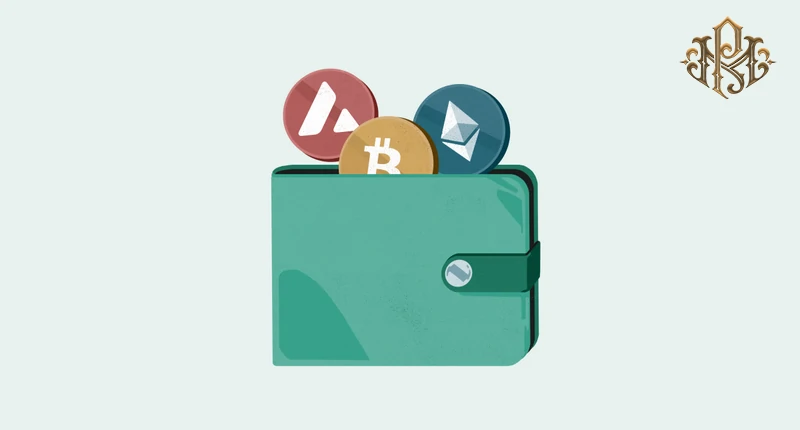
Close



Over the past few years, we have seen the growth of the digital currency industry. Since this market provides huge profits to people, the number of investors is increasing day by day. If you are thinking of investing in this area, you should know that you must have a proper wallet to protect your assets and manage them. The article on how to create a digital currency wallet is also written with the same purpose.
As a digital currency investor, you need a secure way to store and transfer your assets, and what better way than to have a secure wallet! But how to make a digital currency wallet? Stay with us in the future
As you know, various types of digital currency wallets have been produced, from hardware to software. All of them are responsible for protecting your assets, but they differ from each other in some ways. That’s why in this section of the article “How to make a digital currency wallet?” We explain separately how to set up and use them.
Software wallets are installed on your computer or phone and work with an internet connection. They are very easy to use and you can easily access decentralized applications. Now, how should we make a software digital currency wallet? The steps of making a software digital currency wallet are as follows:
The first step is to choose a suitable software wallet. Software digital currency wallets are highly diverse and each of them has its own unique features and specifications. By considering various factors and doing necessary research, you can make the right choice. Exodus, Electrum and Trust Wallet are examples of the best software wallets in the market.

digital currency wallet
The next step is to download the wallet app to your computer or phone. Thus, you can access your assets at any time and place. It is important to download the program from reliable and official sites. Otherwise, the program may be malicious and compromise the security of your property.
In this step, you create an account by providing information such as name, email address and password. Some programs have more complex authentication procedures, all of which are necessary to increase the level of security of your assets. For example, you may be required to provide an ID or a selfie.
After installing the app and creating an account, it’s time to transfer your assets to the wallet. Existing wallets support different currencies and you can transfer different assets to your wallet.
Digital currency wallets have addresses that are used to transfer and receive assets. Also, some of them have provided the possibility of asset transfer using QR code.
Some examples of the best digital currency software wallets are:
Important tips for building a hardware digital currency wallet
The best option for managing and protecting digital assets is to use hardware wallets. These bags have advanced and very efficient features and security measures that reduce the possibility of hackers attacking and tampering with your property to the minimum possible.
Also, these wallets provide a possibility for their owners to store all kinds of their digital assets completely safely and offline without the need to be constantly connected to the Internet.
The most important tips for using a hardware digital currency wallet are:
If security is your priority when it comes to choosing a wallet, hardware wallets are the most suitable option; Because they are known for their high level of security. Currently, there are different types of these types of physical wallets in the market.
First, determine your needs and choose the most suitable wallet for you by checking the available options. When checking, it is better to consider the manufacturer of the product, user reviews and its security level.
After purchasing a hardware wallet, it is time to install its program. This step may be different for each wallet; But usually there is an instruction that if you follow it, you can easily install the relevant software.
According to the available instructions, download the wallet program and install it on your phone or computer. Then the wallet is connected to your desired device using a USB or Bluetooth cable.
As a final step, connect your hardware wallet to an exchange or brokerage account and transfer your desired assets to the wallet. The important thing is to store digital currency offline. In this way, an additional layer of security is created to protect your assets.
Digital currency paper wallet is another option that you can have to manage your assets. This type of wallet is in the form of a paper with private and public keys printed on it. Some of them also include the app’s QR code barcode, which you can scan to manage your assets offline.